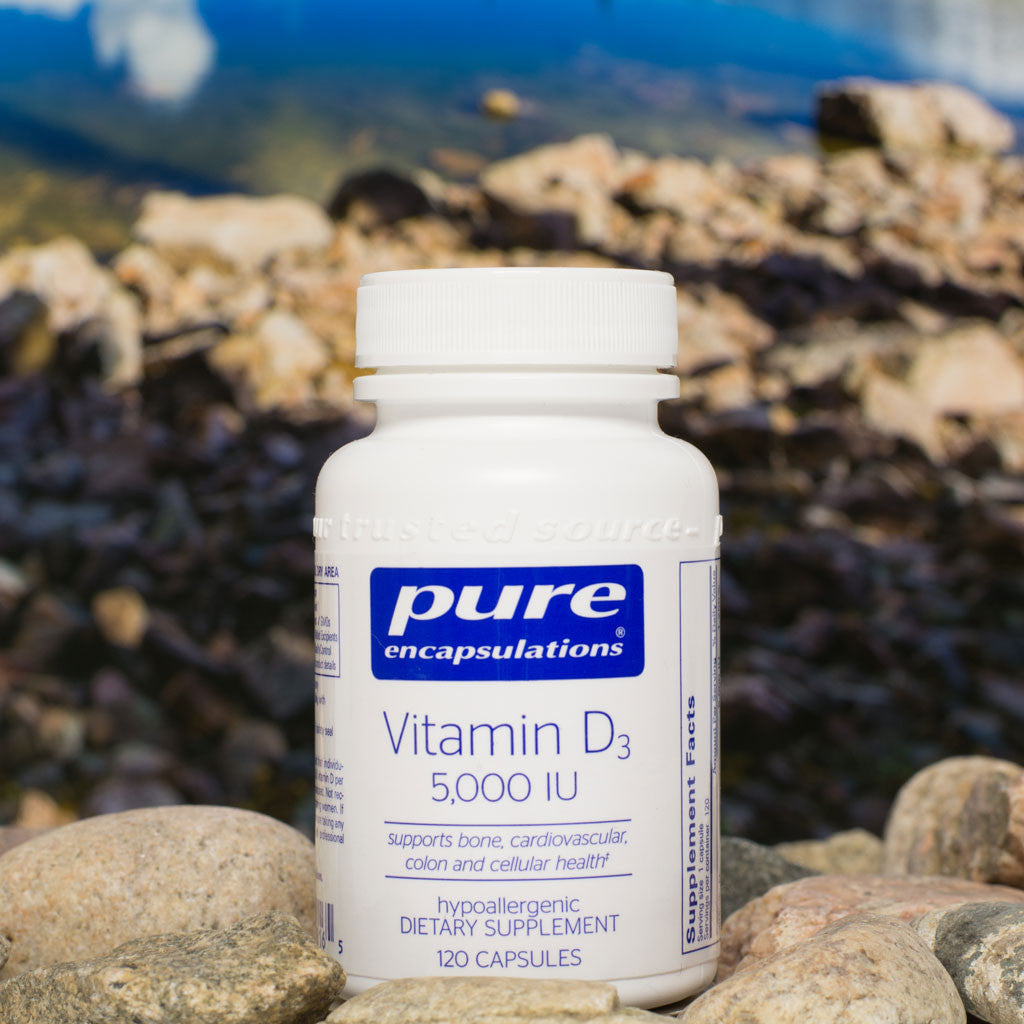
Healthy volunteers were given a single 50,000 unit dose of either vitamin D2 (ergocalciferol) or vitamin D3 (cholecalciferol) Why is ergocalciferol prescribed? The difference in duration of effect and potency are well demonstrated in a study by Armas et al: In fact, recent literature (Trang 1998, Armas 2004, Houghton 2006) convincingly demonstrates that cholecalciferol is 1.7 to 3 times more potent and has a longer-lasting effect than ergocalciferol in increasing serum 25-hydroxyvitamin D levels, the active form of vitamin D in humans. Given that both ergocalciferol and cholecalciferol undergo metabolic changes in the human body, which differ from other animals, it should make sense that a binding study in rats may not be sufficient to show equivalence. On the basis of this animal data, most resources cite the two being equipotent and interchangeable. When the manufacturing method for ergocalciferol was created, binding studies of the vitamin D receptor in rats showed equipotency between ergocalciferol and cholecalciferol. In contrast, vitamin D2 (ergocalciferol) is not produced in the human body, but is created by exposing certain plant-derived materials to ultraviolet light. Vitamin D3 (cholecalciferol) is produced by the human body in response to sunlight and is also available through dietary sources, such as fish.

Although these two have historically been considered interchangeable and equipotent, the current body of literature strongly supports the preference of Vitamin D3 (cholecalciferol) over D2 (ergocalciferol).

In the United States, vitamin D supplementation is primarily available as vitamin D2 (ergocalciferol) and vitamin D3 (cholecalciferol).


 0 kommentar(er)
0 kommentar(er)
